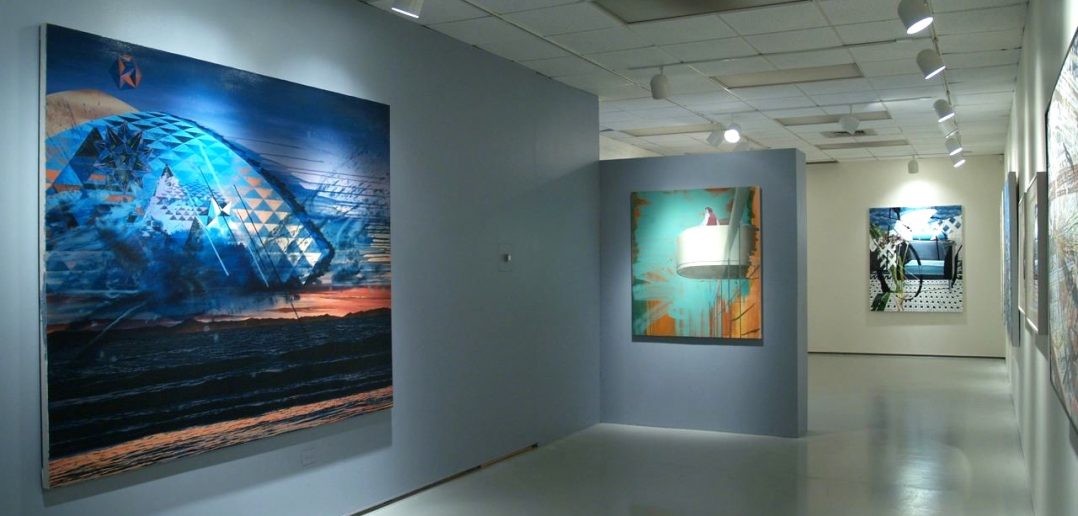October 26, 2009 – December 4, 2009
In 1909, on the front page of the prestigious French daily, Le Figaro, Filippo Tommaso Marinetti published “Manifesto of Futurism.” Marinetti’s confrontational pitch to the arts community presented what appeared to be wacky, off-the-wall ideas, including his naive exaltation of war, proclaiming it a kind of useful “world hygiene.” But Marinetti’s document caught the imagination of many writers, performers and artists worldwide who found merit in embracing modernity in all its diverse forms. Today the Futurist’s passion for machine-age technology and speed doesn’t seem so zainy, nor does the movement’s celebration of the dynamic qualities present within modern industrial cities.
The followers of Marinetti were not alone in believing the art world required revolutionary change. One hundred years ago, progressive minds felt that traditional forms of art were incapable of reflecting the latest economic, physical appearance or the social and political conditions of the time. With the invention of the camera, the need to continue to blindly copy nature and holding onto traditional techniques of perspective became redundant. Both Pablo Picasso and George Braque’s Analytic Cubism experiments emphasized the two dimensionality of the canvas. They “fractured” objects into geometric forms and studied them from multiple vantage points – viewing their subjects from several angles and at different moments in time.
A century after Cubism and Futurism, a time when painting was the predominant visual art forum, it is once again emerging as a medium well-suited to reflecting the conditions of our time. However, the glorification of progress is gone, replaced by apocalyptic and unnerving images that resonate with the uncertainty of our times. Optimism that was once a hallmark of the avant-garde Modernists has given way to cynicism of our own Postmodern era.

What unites the paintings in Futurescape is the artists’ ability to blur the lines between figuration and abstraction, and collapse art history with references ranging from early Modernism to Abstract Expressionism and Pop Art. They employ surprising overlapping, multiple layering, and unexpected vanishing points. The exhibition reveals that artists are again interested in the dynamism and conditions found in today’s urban environments and that they are exploring and finding new ways to compress and expand time and space. This is the focus of Futurescape.
The artists in the exhibition come from both coasts and also from Europe. Their creative endeavors describe places on the edge of believability and touch upon consumer culture, utopian societies. Some showcase hallucinatory and Buckminster Fuller-inspired architectural environments and others offer sober visions of urban life or present escapist fantasies by way of rich narratives. What’s common throughout is the luscious, tactile and seductive ways they conjure up their imagery. They are masters of their trade.
Featured Artists
Thomas Eggerer
Tomory Dodge
Jules De Balincourt
Nicole López
Yoon Lee
Jacob Feige
Francesca Dimattio
Benjamin Edwards